The `Ukulele(from the Hawaiian, OO-koo-LEH-leh), is a light weight, affordable, portable, four stringed (great for our four fingers) instrument with not initial strumming accuracy required and did I mention very low expectations. The Ukulele is the new social instrument for this millennium and IS here to stay this go around.
- Cases & Gigbags • protect that ukulele from nicks and dings.
- Instrument Cables • a good instrument cable really does make a difference.
- Capos • open position chord in other keys.
- Electronic Tuners • Electronic tuners come in two varieties: LED and Strobe..
- Effects Pedals
- Recording Your Ukulele
- Music Notation & Digital Audio Workstation (DAW) Software
- Direct Boxes
- Pre Amps & Pickups
- Acoustic Amplifiers - These are amplifiers specifically optimize for acoustic instruments
- Light Weight, Affordable and Portable
- Easy on the Fingers ( Four Strings, Four Fingers )
- Less Need for Strumming Accuracy
- A Low Level of Expectation — so we can get away with a lot.

Say hello to my lil` friend.
—Learn your way around your new found friend.

So what's stopping you? Go get Yourself a `Ukulele and get going. You'll discover a life-long friend.
A Ukulele has two nuts, the one on the ukulele, shown above and the person holding it!
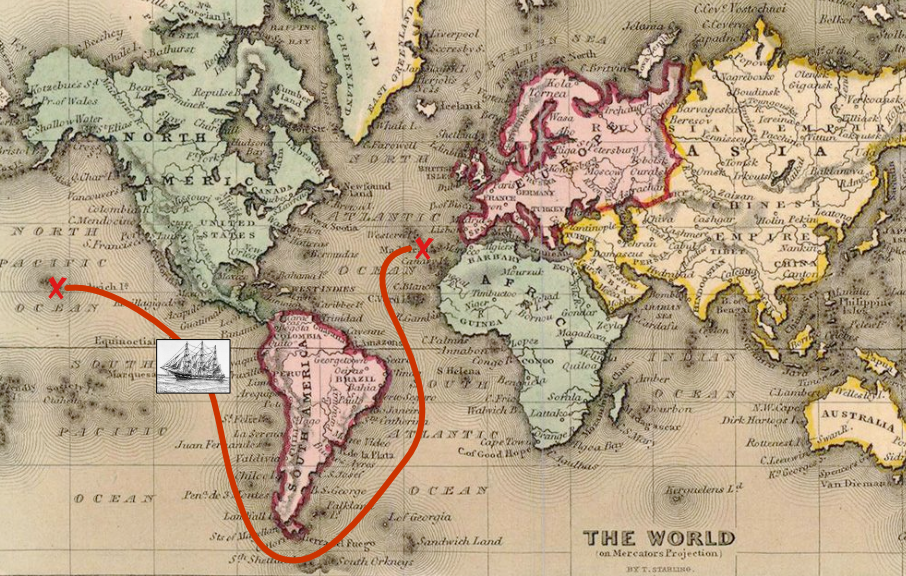
The `Ukulele's Long Journey
In 1879, a Braguinha also called Machete, arrived in Hawaii on a Portuguese ship loaded with laborers destined for the sugar cane fields. Hawaiians made the instrument their own and loosely translated, called it "`ukulele". Which translates to "jumping flea," It's believed to have originated because of the way a performer's fingers jump around on the strings?
Three immigrants in particular, cabinetmakers from the island of Madeira, off the coast of Portugal, Manuel Nunes, José do Espírito Santo, and Augusto Dias, are generally credited as the first ukulele makers.
Checkout this link to a great article, with a lot more information on the
History of the `Ukulele by Dagan B.
from WikipediA • Best known of several similarly named ships, the Ravenscrag (spelled without the "i") is a British sailing vessel commanded by Capt. Biggam that on 23 August 1879 brought 419 Portuguese immigrants from the Madeira Islands to the Hawaiian Islands to work as contract laborers in the sugarcane plantations. The ship left the Madeiran port of Funchal on 23 April 1879 and took exactly four months to cross the Atlantic Ocean, round Cape Horn, and then sail across the Pacific to Honolulu, Hawaii.
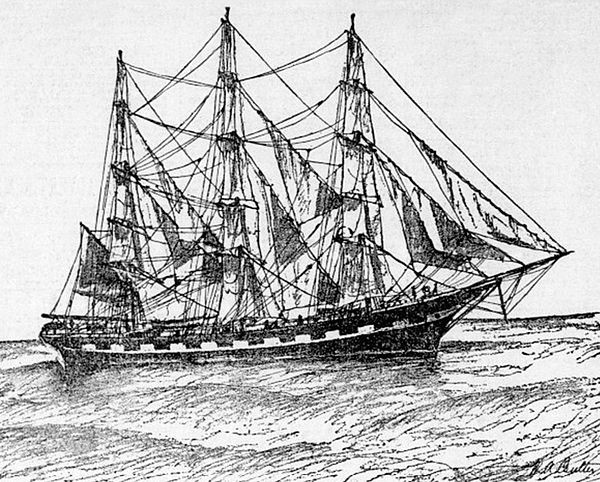
Among the passengers were Manuel Nunes, Augusto Dias, Jose do Espirito Santo, and Joao Fernandes, who are credited with introducing the ukulele to Hawaii. This was the second ship of Portuguese immigrants to reach the Islands, having been preceded on 30 September 1878 by the German bark SS Priscilla.
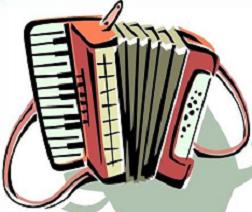
Several German ships also arrive in hawaii prior the Ravenscrag. So we can count our blessings that the Hawai'ian's weren't introduced to the Accordion or Tuba, the traditional, popular German instruments at the time. Or the Bladder Fiddle, Dudelsack, Hackbrett, Nyckelharpa. (Curt — Dodged a musical bullet with that one.)
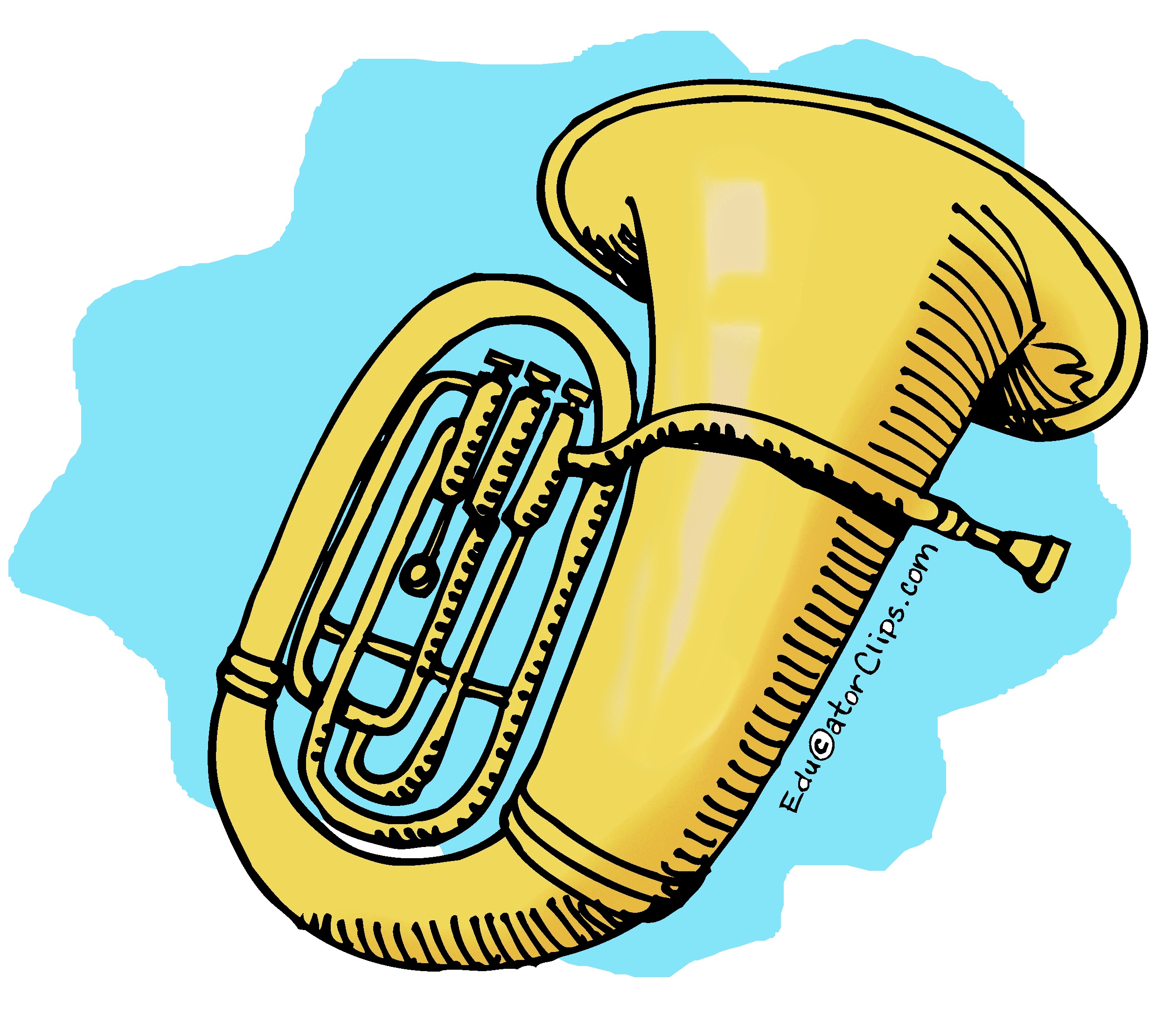
1990s to Today
UKEtopia!-Adventures in the Ukulele Worldby Jim Beloff . Jim's new memoir of his journey and his part of this
Third Waveof ukulele popularity. Little did Jim know when he purchased his first ukulele at the Rose Bowl Flea Market in 1992 and with no ukulele songbook collections on the market—none—just a few vintage instructional books. That he would would be at the forefront of this Third Wave of Ukulele.
The current Third Wave
of the ukulele corresponding to the influence of YouTube and the Internet®.
Check out all the famous people and musicians associated with the ukulele on the Ukulele Musicians Page .
1960s
Tiny Tim...
1950s
Weekly TV host Arthur Godfrey keeps ukuleles in the spotlight.
A shift from the popularity of radio to most households having access to a TV and the second wave of the ukulele craze.
Arthur Godfrey is responsible for selling 9,000,000 Mario Maccaferri plastic ukuleles during the 50s.

1940s
Ukulele craze revived by the solders and sailors returning home from South Pacific after World War II.
This is the start of the Second Wave
of the ukulele corresponding to the influence of TV .
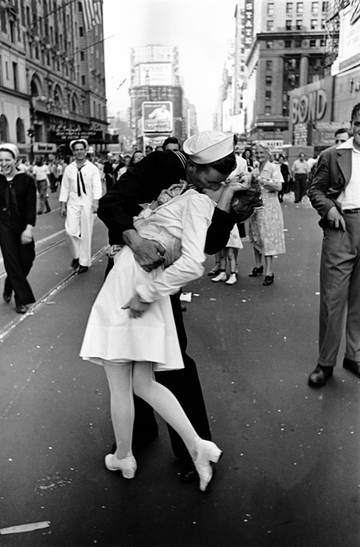
1920s
After the Panama Pacific International Exposition Ukuleles all the rage. This corresponds to the popularity and availability of radio in the decade of the 20s to 40s. The First truly fast way of disseminating news, entertainment, and information to a mass audience. This was a big shift in the technology for communication around the world.
This is the First Wave
of the ukulele corresponding to the influence of Radio.
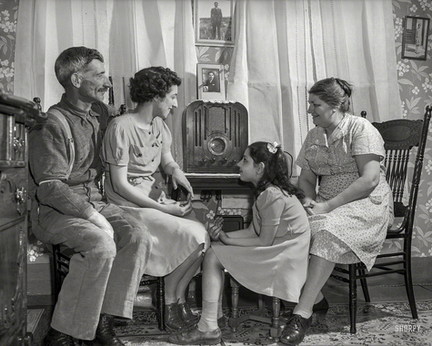
1915
Panama Pacific International Exposition in San Francisco, California USA unveils ukulele to the world. The Panama–Pacific International Exposition (PPIE) was a world's fair held in San Francisco, in the United States, between February 20 and December 4 in 1915. Its ostensible purpose was to celebrate the completion of the Panama Canal, but it was widely seen in the city as an opportunity to showcase its recovery from the 1906 earthquake.
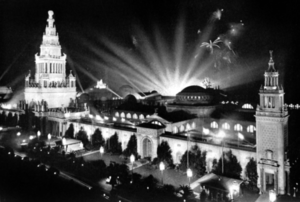
NOTE: Prior the Panama Pacific International Exposition Hawi`ian performers did tour the US to a great reception. However the Ukulele craze really too off the Hawai`in palvillon as a result to the year long Panama Pacific International Exposition .
1879
Portuguese sailors introduced Hawaiians to small four-stringed instrument that gave rise to the ukulele. King David Kalakaua was influential in the initial rise of popularity of the ukulele.
Among the passengers of the Ravenscrag that arrived in Hawai'i, 23 August 1879, were migrant sugar cane workers, Manuel Nunes, Augusto Dias, Jose do Espirito Santo, and Joao Fernandes, who are credited with introducing the ukulele to Hawaii. This was the second ship of Portuguese immigrants to reach the Islands, having been preceded on 30 September 1878 by the German bark SS Priscilla.


Mederia
Before 1879 it really started on the (wikiwand); Island of Madeira, Portugal with the Bargina and (wikiwand); Machete . Historians believe the machete was introduced in Madeira from Braga as a braguinha and subsequently brought to Hawaii by Portuguese immigrants in the late 19th century as a possible predecessor of the ukulele.
Emigrants from Madeira also influenced the creation of new musical instruments. In the 1880s, the ukulele was created, based on two small guitar-like instruments of Madeiran origin, the cavaquinho and the rajao. The ukulele was introduced to the Hawaiian Islands by Portuguese immigrants from Madeira and Cape Verde. Three immigrants in particular, Madeiran cabinet makers Manuel Nunes, José do Espírito Santo, and Augusto Dias, are generally credited as the first ukulele makers. Two weeks after they disembarked from the SS Ravenscrag in late August 1879, the Hawaiian Gazette reported that Madeira Islanders recently arrived here, have been delighting the people with nightly street concerts.
Each ukulele craze corresponded to a new for a media for disseminating information fast and to a wide audience.
Radio Television Internet® ?
What's next? Some might say that AI is next — AI will be you teacher. And, that is something that Curt is looking into. SUsing it right now to help optimize the site and clean things up. As a welf-taught programmer I'm sure I've developed a lot of bad habits.
The ukulele comes in four (4) common sizes: Soprano (sometimes called Standard), Concert , Tenor , and Baritone .
A ukulele can can be tuned to any tuning as long as there is a string available and the instruments construction supports it. With that in mind here are the common tunes for the four common sized ukulele.
The Baritone ukulele is tuned (D G B E), just like the thin 4 strings of a standard guitar. This is called "G" Tuning. String can be a low D or a high G.
The Soprano, Concert, and Tenor ukuleles typically uses C tuning: (G C E A) or D tuning: (A D F# B). The Tenor can also be tuned like the Baritone ukulele, typically with a high "G".
A ukulele can have a mellow-mainland or bright-island sound depending on the wood and construction. But — actually they all sound the same `till they are played 😉.

Comparing the Four Different Sizes of Ukulele that are in common use today.
If you don't have any concert size instruments nearby to try in a store you can create the scale length on your tenor with an inexpensive capo. A capo on the second or third frets of a tenor leaves you with a scale length (and fret spacing) similar to a concert and the neck width at that level should be very close to that found on most concerts. And if you want to get an idea of what a soprano scale would feel like put the capo at the 4th fret and you'll be almost exactly at the standard 13 5/8 inch length. However the width at that point on a tenor will in most cases be greater than at the nut of a soprano.

Comparing the Four Different Sizes of Ukulele that are in common use today.
Information on ALL the related goodies that go along with the ukulele – The Strings , Cases, Pickups, Amplifiers, Cables, Pedals, and such that you might need for your ukulele is available right here on LearningUkulele.com, Learning Ukulele with Curt.
An objective assessment of the two alternative approaches leads me (Chuck Anderson) invariably towards the formal route. Why? Because without guidance, there is a tendency to go in circles, What do you practice, when do you move to the next topic? When are you doing something wrong? How do you practice what doesn't exist to you?— Chuck Anderson.
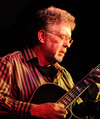
Woman is at a uke festival with a lovely soprano ukulele under her arm. Another woman walks up and gazes admiringly at the first woman's uke, at which point the woman holding the uke looks over and says with a smile: got it for my husband.
Second woman nods and says, good trade
.
Ant book by Curt Sheller is available as a FREE download, as part of a Premium LearningUkulele.com Site Access.
In addition to on-line, right here on LearningUkulele.com, hard copy books are available at , Funky Frets and a few select ukulele dealers. Retailers wishing to carry books by Curt Sheller can contact me, Curt directly here on LearningUkulele.com for more info and to get setup. However, I'm pretty much going all digital and make the content viewable online - just like you can preview a book at a traditional book store.



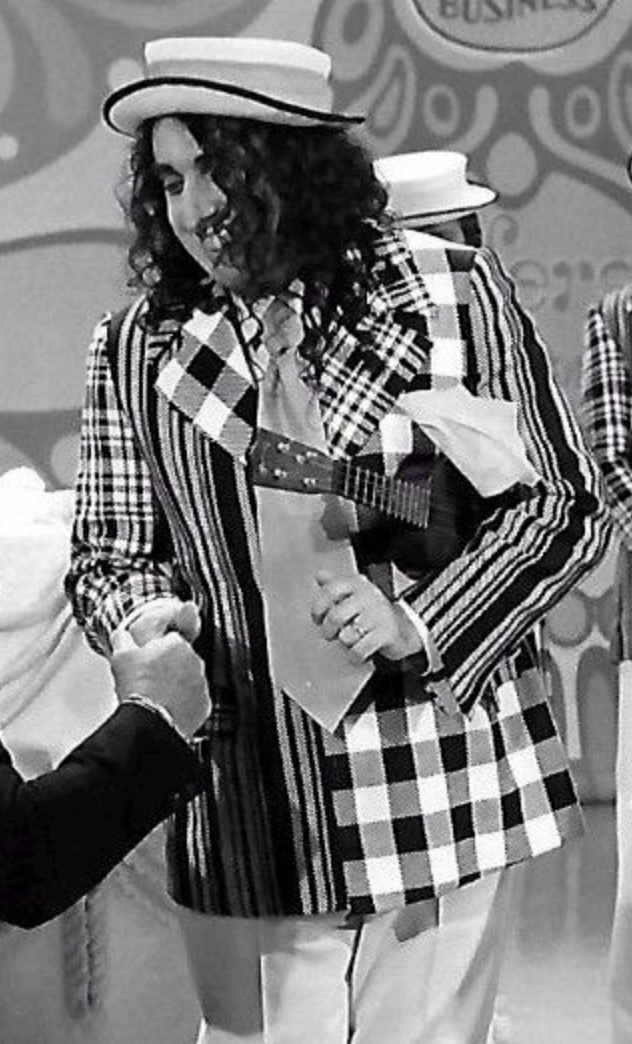

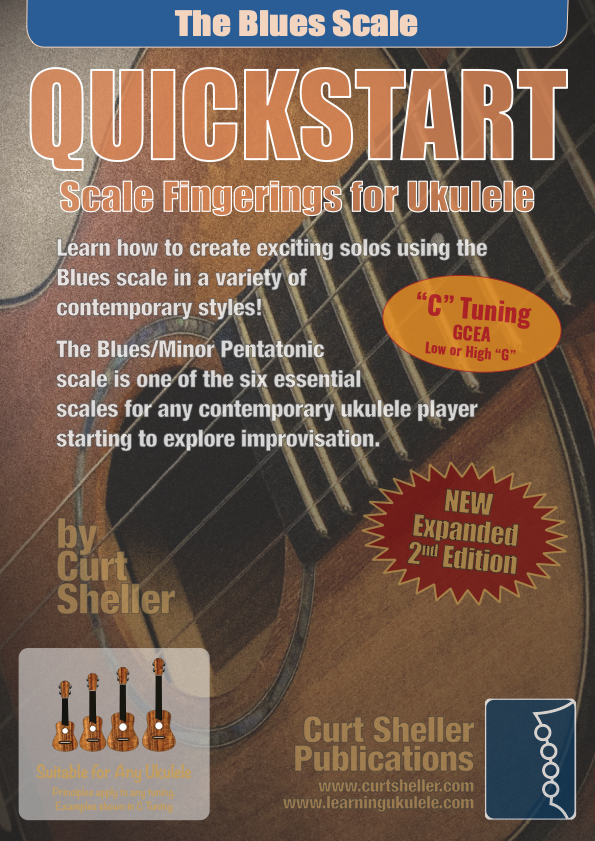
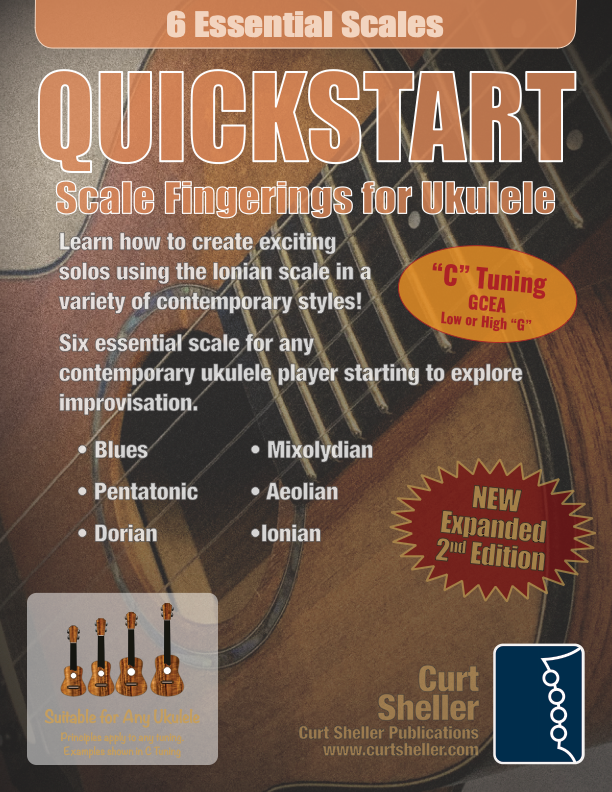

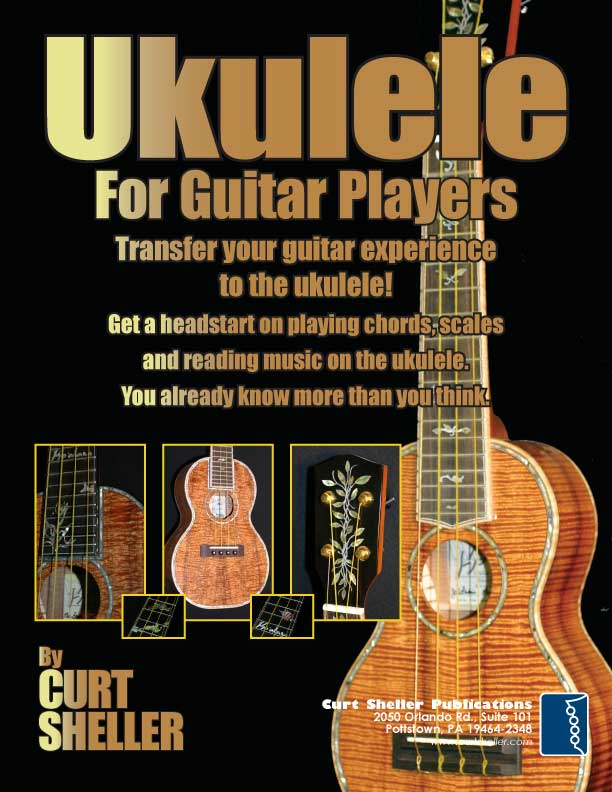
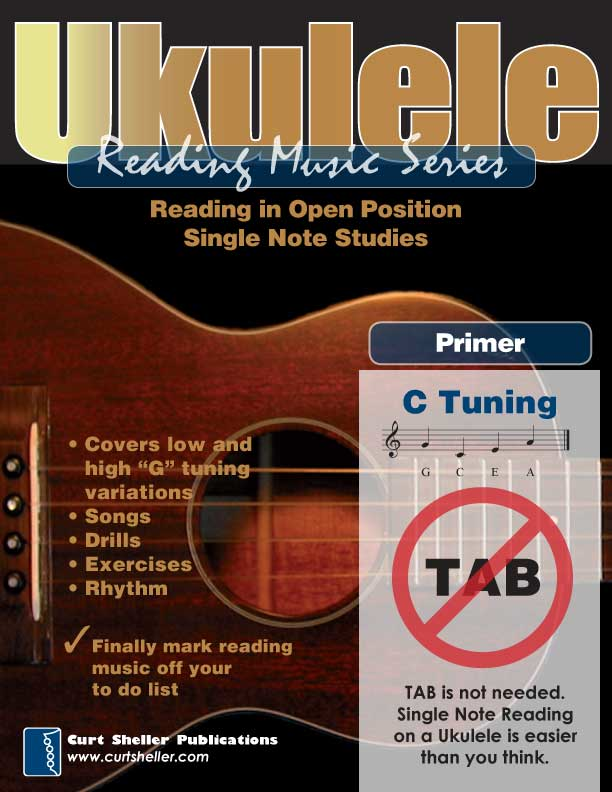
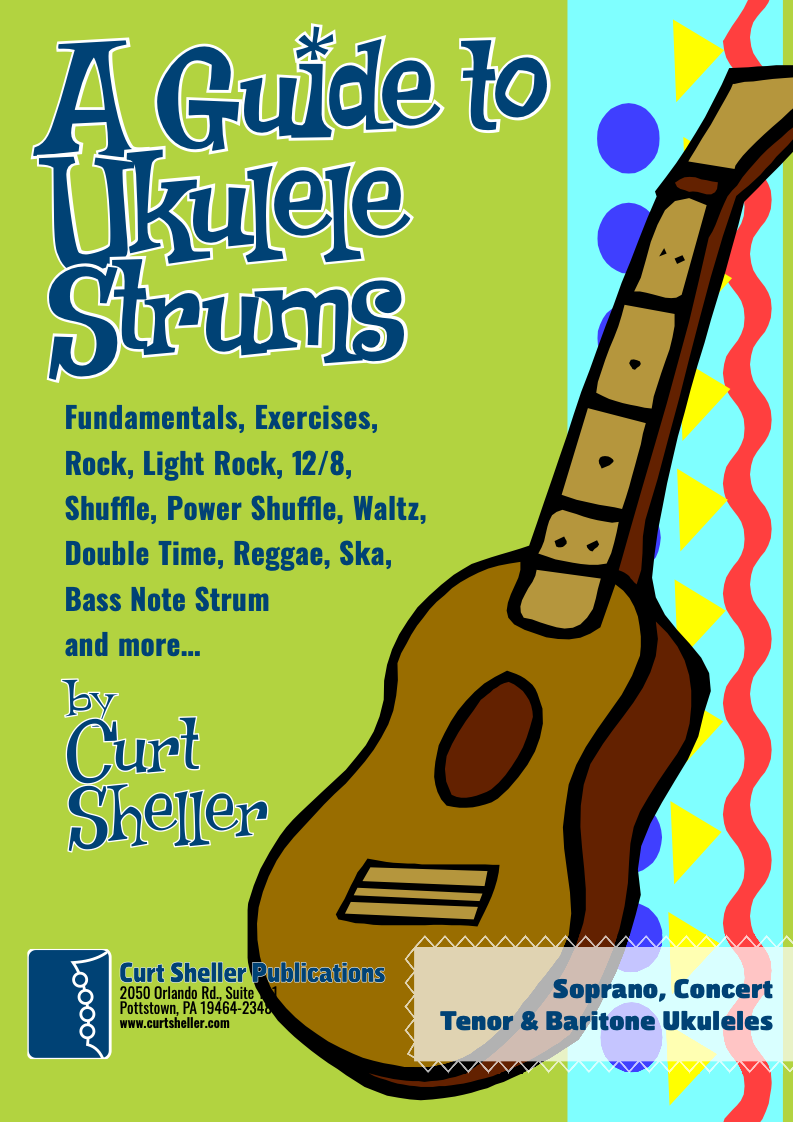
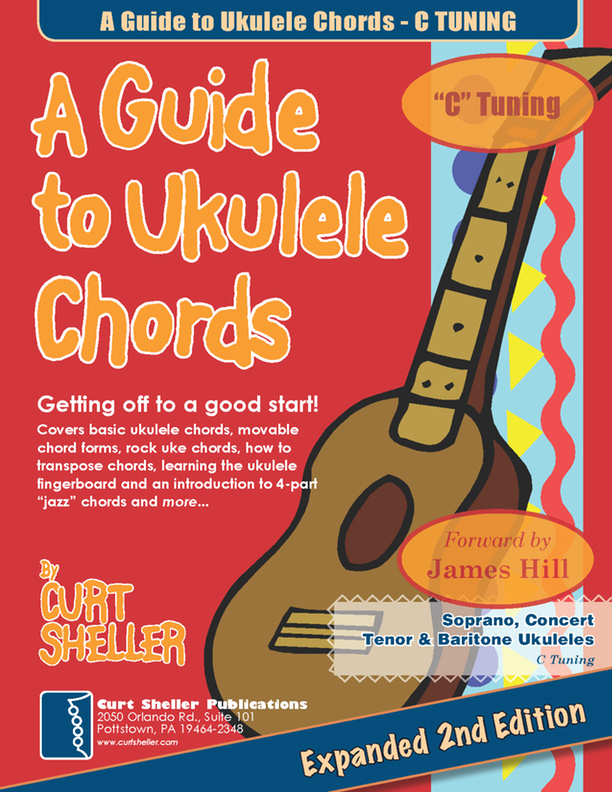

.jpg)